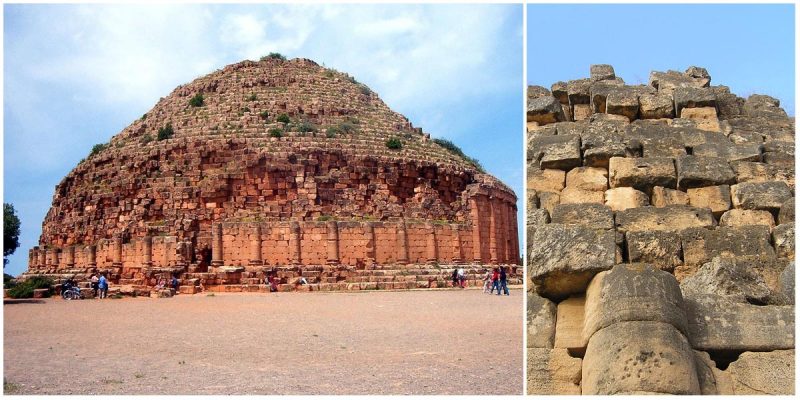The Royal Mausoleum of Mauretania is a tomb located on the road between Cherchell and Algiers in Algeria.
The Mausoleum is the tomb where the Berber King Juba II and Queen Cleopatra Selene II, the last king and queen of Mauretania, are buried. Cleopatra Selene II was the only daughter of the famed Queen Cleopatra of Egypt and her husband Mark Antony.
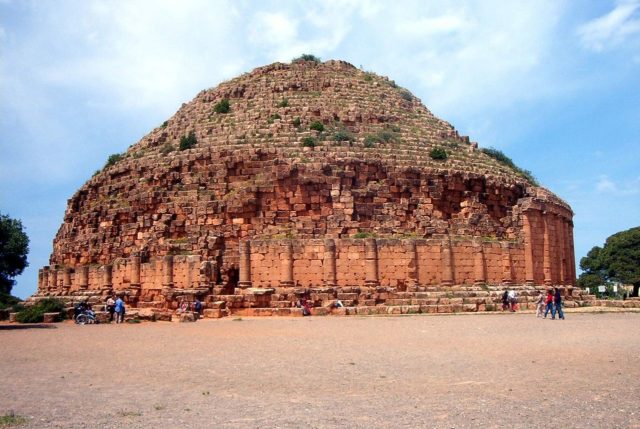
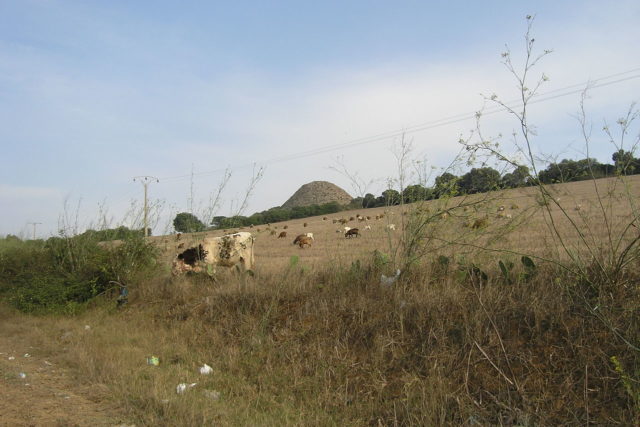
The Mausoleum was built in 3 BC by King Juba II himself, intended not just for him and his wife, but as a dynastic funeral monument for their royal descendants.
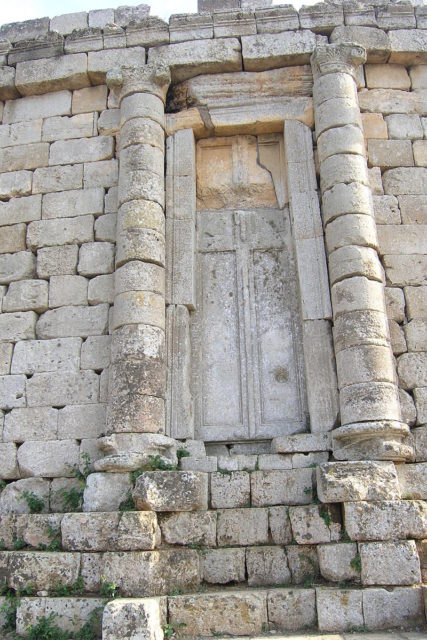
The tomb is famous by numerous names. In French, it is called “The tomb of the Chrisitan woman” because there is a cross-like shape of the division on the false door. In Arabic, the mausoleum is called the Nubr-er-Rumia or Kbor er Roumia, which means “The tomb of the Roman woman”.

This mausoleum is a common type of ancient mausoleums found in Numidia.
The architectural type of the monument originates from the various Ancient Greek mausoleums from Anatolia and Egypt.
It is entirely built from stone, and its main structure is in a circular form with a square base topped by a cone or a pyramid.
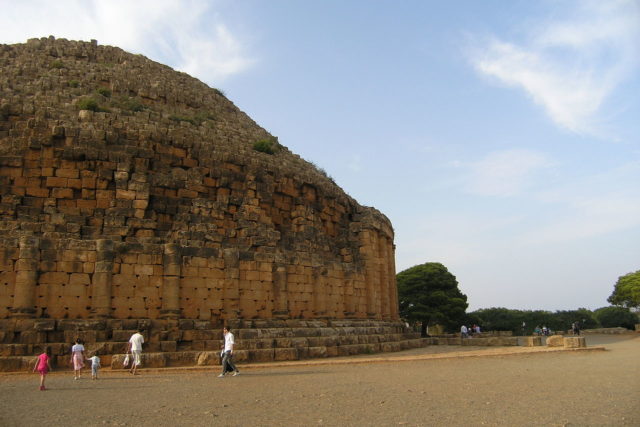
The square base measures 60 to 60.9 meters square, or 200 to 209 foot.
The height of the monument was originally about 40 meters, but due to damage that the mausoleum has suffered from natural elements and vandalism, the monument now measures 30-32.4 meters in height.
The base of the monument was once ornamented with 60 Ionic columns whose capitals were stolen.
Inside, the center of the mausoleum has two vaulted chambers, which are separated by a short passage connected by a gallery outside by stone doors which can be moved up and down by levels.
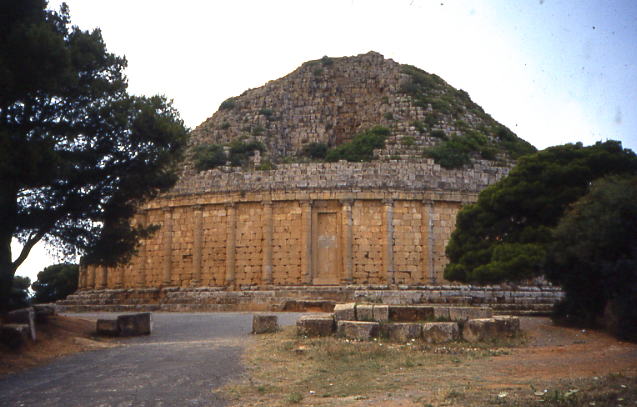
In 1982, the nearby archaeological sites containing monuments from the Byzantine and the Phoenician ages, including the mausoleum, were recognized by UNESCO as a World Heritage Site.
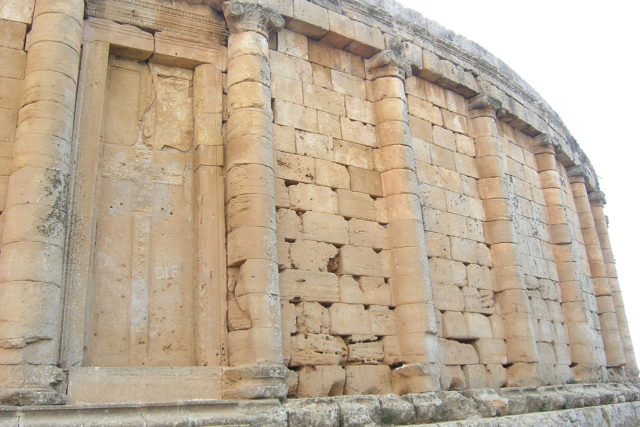
Due to expansions of the city, the archaeological ruins and the mausoleum are under constant threat of vandalism and deterioration, and in 2002 the site was placed on the World Heritage in Danger listing.
